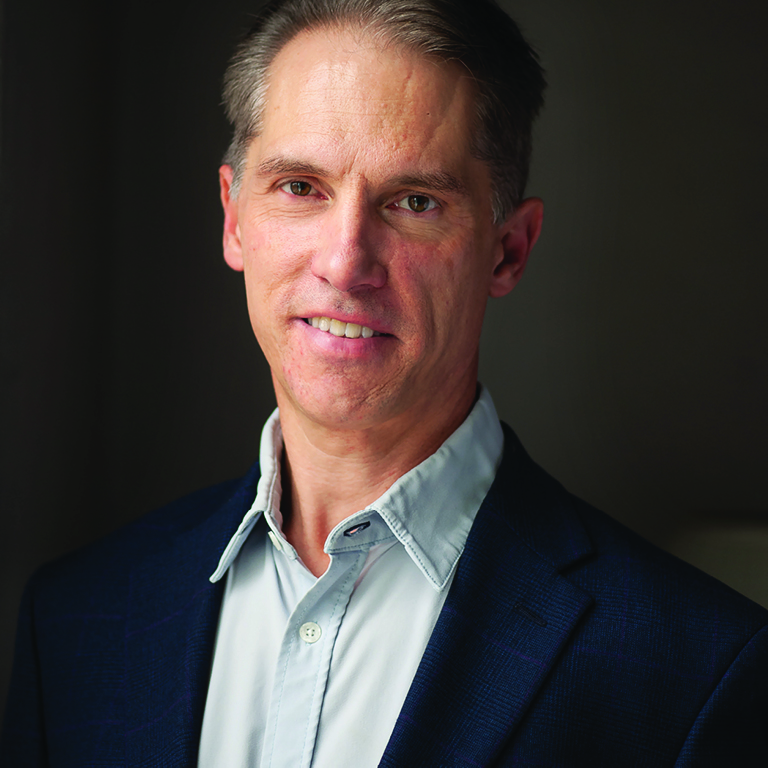
Nicole Francis
National Health Care FINPRO Leader
-
United States
A challenging insurance market has weighed heavily on healthcare plan providers, many of which saw significantly higher rates, stricter terms and conditions, and several coverage restrictions, especially for their errors and omissions (E&O) coverage. Increased antitrust litigation and greater regulatory oversight of health plans have created further pricing and coverage challenges, and even led to some insurers exiting the market.
As market conditions became more challenging, many healthcare plan companies were faced with limited options to insure their managed care errors or omissions (MCEO) risks. Some opted to increase retentions. Others explored alternative risk transfer methods, including captives, to transfer their risks in a more cost-effective way that would also provide increased control over the risks they wanted to transfer or retain.
Captives are frequently used as a solution to challenging short-term market conditions. However, companies may be reluctant to set up a captive without a longer-term strategy due to the required financial and operational investment.
Aside from offering a more cost-effective coverage option during a period of challenging market conditions, a captive can deliver other benefits to healthcare plan providers, including:
The cyclical nature of the insurance market means that challenging conditions and pricing tend to resurface periodically. Companies that already have a captive set up are able to quickly pivot and start to use their vehicle to insure risks that are either difficult to place through commercial channels or very expensive. But it is critical for healthcare plan providers to understand the nuances of the MCEO market. An experienced risk advisor with a deep understanding of this niche market can help you determine which risks you decide to retain and which risks you decide to insure through a captive, helping you to optimize corporate assets during a difficult insurance market. Further, in the event of regulatory changes that impact insurance availability or pricing, having a captive already set up allows you to be more agile in changing the way you insure your risks.
While many commercial insurers work with their clients to create tailored insurance programs, a captive typically allows for increased flexibility. Especially attractive for healthcare plan companies is the ability to provide consistent coverage across different jurisdictions, including for risks that are difficult to quantify and those that are typically excluded by commercial insurers. Further, captives typically allow their owners to fund higher retentions than are readily accessible on the commercial market.
Many healthcare plan providers are looking for innovative ways to improve their environmental, social, and governance (ESG) posture, including improving the health of their population through investments to identify and address social determinants of health. Well-run captives often end up with a surplus of capital. Captive owners may be able to invest these funds in innovative projects, including ones intended to improve the health of their members, employee engagement programs, or diversity, equity, and inclusion initiatives.
The first step to determine whether a captive is the right fit for your organization is to carry out a feasibility study. The feasibility study results can provide critical decision-oriented information, including a rundown of startup costs you are likely to incur, and an estimate of annual operating expenses, such as regulatory, legal, actuarial, audit, and captive management fees. Once a go-forward decision had been made, a captive manager with deep understanding of various tax implications and state regulatory requirements can assist you through the registration process and help you understand your contractual obligations.
While the difficult E&O insurance market is one of the primary reasons for healthcare plan providers to investigate whether a captive is the right option for them, these vehicles can provide several additional benefits that outlast challenging market cycles.

National Health Care FINPRO Leader
United States

Managing Director, Energy & Power Specialty Lines Leader
United States

Vice President, Marsh Captive Solutions
United States